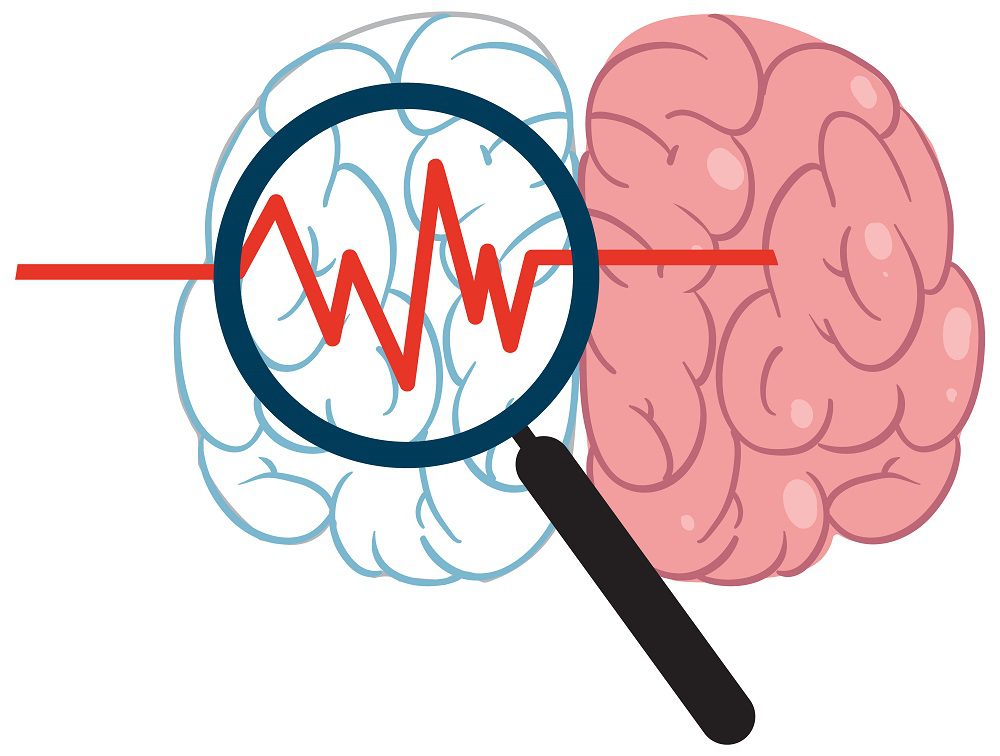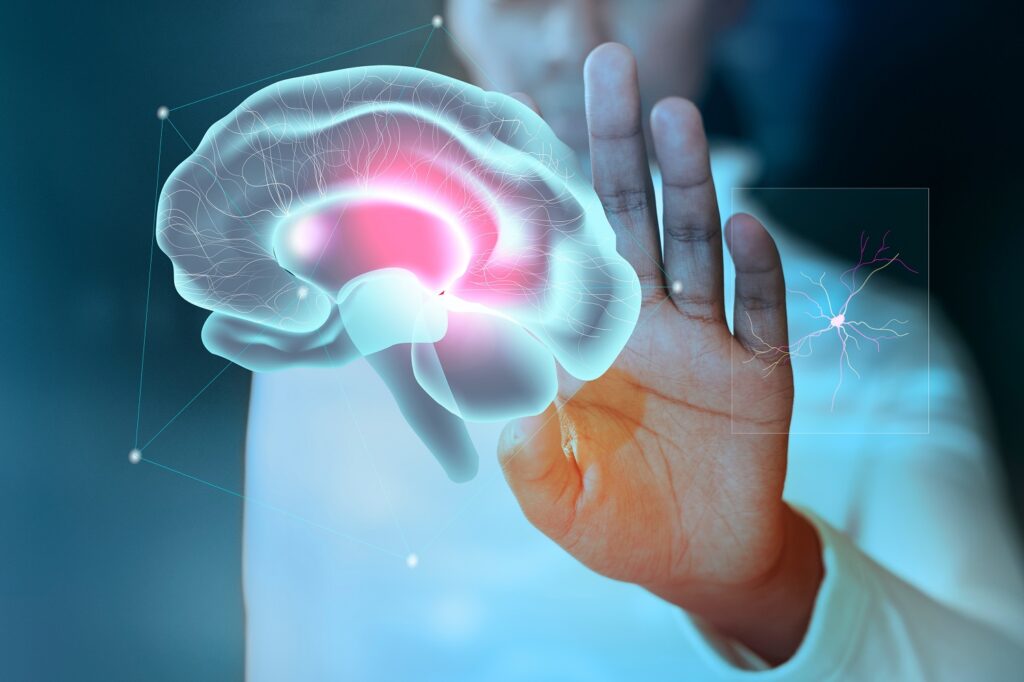In epilepsy patients, concurrent high-frequency oscillations and spikes were found to be strong biomarkers forlocalizing epileptogenic brain as non-invasive presurgical diagnostic tools. High-frequency oscillations and spikes were also useful to guide successful neurosurgery. In a study, high-density (76-channel) EEG of 25 patients with temporal lobe epilepsy were recorded during long-term presurgical monitoring. Persistent high-frequency oscillations and spikes have significant morphological distinctions and lead to enhanced localization of epileptogenic tissue by 162% for concordance with surgical resection and by 186% with seizure-onset zone determined by invasive studies. This results were better than the conventional methods and lead to better surgical outcome. The spike imaging showed better performance in the presence of both, spikes and high-frequency oscillations, specifically in patients with multitype spikes. However, there is difficulty in differentiating pathological high-frequency oscillations from nonepileptiform high-frequency activities and localizing the epileptic tissue using non-invasive scalp recordings, which are typically contaminated with high noise levels.
















